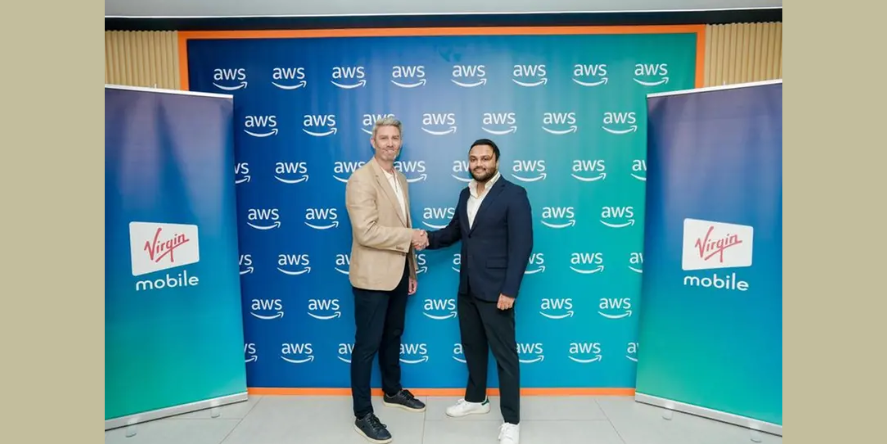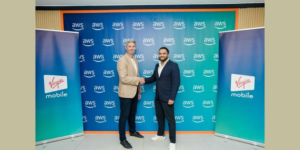Advances in cell and gene therapies (CGTs) have redefined treatment options for many serious and rare conditions with potentially no cure, with a rapidly progressing R&D and clinical pipeline. The focus of CGT developers is slowly shifting from rare and ultra-rare diseases to more prevalent ones such as oncology, cardiovascular diseases, and other chronic conditions, thereby aiming at a larger patient pool.
More than 200 candidates are in phase 3 and pre-registration, promising a potential launch in the next 1-2 years. The field has come a long way since the first US Food and Drug Administration (FDA) approval of cell-based gene therapy Kymriah (for acute lymphoblastic leukemia [ALL]) in 2017, and transformative therapies such as Zolgensma (spinal muscular atrophy) and Luxturna (inherited retinal dystrophy) have given a ray of hope to people living with these conditions.
Gene-modified cell therapies (CAR-T, TCR-NK, TIL) are being developed for multiple types of cancers. Prominent CGT players continue to strengthen their therapeutic pipelines across indications, and emerging companies like Kriya Therapeutics have raised $270 million in series C funding to develop gene therapies for ophthalmology, neurology, and metabolic diseases adding a few more disease areas for the R&D focus apart from rare diseases.
Currently, there are 32 US FDA-approved cell and gene therapy products commercially available and 16 potential therapeutic pipeline candidates awaiting approval from the US FDA and EMA. Investment in CGT technologies and assets has been steady over the last years, with more than 50% of biopharma funding being pumped towards developing cell and gene therapy products in the last three years.
As we reach the middle of 2023, cell and gene therapy developers are excited about the US FDA’s approval of BioMarin’s ROCTAVIAN™ (valoctocogene roxaparvovec-rvox), which is the world’s first gene therapy for the treatment of severe hemophilia A. BioMarin’s ROCTAVIAN is a single-dose effective treatment to control bleeding in patients with severe hemophilia A and was approved by the EMA in 2022. There are several other gene therapies for hemophilia and neuromuscular indications and gene-modified cell therapies for oncology. Many CAR-T and other engineered cell therapies are in the late phases of clinical development.
The growing interest in allogenic CAR-T cell therapies is also being witnessed in recent years. With close to 50 allogenic CAR-T therapies in the clinical pipeline, off-the-shelf CAR-T cell therapies are expected to surge. These off-the-shelf allogeneic CAR-T cell therapies will be more easily accessible and can be scaled up to cater to a bigger patient population when compared to autologous CAR-T therapies.
Companies like Allogene Therapeutics, Adaptimmune, Precision Biosciences, Poseida Therapeutics, and Altara Biotherapeutics are some of the key players in advancing allogeneic CAR-T cell therapies. While centralized biomanufacturing of cell and gene therapies might be suitable for allogeneic CAR-T therapies in the future for scalable manufacturing of CGT products, decentralized biomanufacturing is currently the preferred option for biomanufacturing.
Technology Advances Paving the Way for Improved Therapies
Since traditional gene therapies cause a permanent change to the genome due to the insertion of foreign genes, engineering approaches such as CRISPR-based gene editing, and more advanced ones such as gene writing, base editing, prime editing, and twin prime editing are being actively sought by companies like Beam Therapeutics, Tessera Therapeutics, Prime Medicine, and Horizon Discovery to take gene therapy to the next level. The year 2023 continues to see the trend as seen last year where 4 gene therapies and 1 cell therapy were approved by the US FDA. This year might also witness the regulatory approval of the much-anticipated CRISPR-based gene therapy developed by Vertex and CRISPR Therapeutics, Exa-cel, for the treatment of sickle cell disease and transfusion-dependent beta-thalassemia making it the world’s first CRISPR gene editing therapy. RNA cell therapy is another emerging area where companies like Cartesian Therapeutics, Myeloid Therapeutics, and MaxCyte are developing RNA-edited cell therapies that show the potential to be more effective, potent, and safer compared to conventional gene therapies.
Most of the commercialized gene therapies make use of adeno-associated virus (AAV) vectors for gene delivery. AAV gene therapy has shown successful results in disease treatment as in the case of popular gene therapies like Luxturna and Zolgensma, and it is anticipated that 29 AAV gene therapies will near launch by 2024. However, viral vector-based CGT development is complex, and expensive, and raises safety concerns due to immunogenicity and possible mutations, thereby calling for other alternatives. Many non-viral novel drug delivery systems (NDDS) are gaining traction to deliver advanced therapeutics like CGT. Lipid nanoparticles (LNPs), biopolymers, exosomes, niosomes, and advanced physical methods are being increasingly explored for safe and targeted gene delivery. Bayer and AstraZeneca are some of the significant companies that are using LNPs in their product development. Biopharma companies such as Voyager Therapeutics and Chameleon Biosciences are developing vector engineering approaches to engineer capsids with improved payload capacity, tissue tropism, and reduced immunogenicity.
Addressing Manufacturing Bottlenecks – Digitization and Improved Process Optimization Along with Capacity Expansion
While CGT is a dynamic sector, a significant gap between production and demand exists. Viral vector manufacturing is a critical bottleneck, and developments around scalable, cost-effective manufacturing technologies are being sought. A shift towards automated, closed bioreactors and suspension cultures is being witnessed and plug and play technologies that can be used across multiple vector serotypes are being developed.
Contract Development and Manufacturing Organizations (CDMOs) and biopharma companies are adding manufacturing capacity and investing in technologies such as suspension cell culture systems, closed-loop continuous manufacturing, real-time analytics, and automation improving reproducibility and reducing batch failures, thus boosting overall manufacturing efficiencies. Digitization of manufacturing processes and use of artificial intelligence (AI)/machine learning, analytics, digital twins, and blockchain have been instrumental in cell line selection and media optimization which can improve overall process control. Cloud-based AI platforms enable media formulation and optimization and cell line selection and development.
Nucleus Biologics and Valita Cell are some of the companies that are leveraging AI in cell line development and media development. While the US holds a leading position in CGT, with several AI companies integrating AI tools for CGT development, Europe is also witnessing the emergence of start-ups focusing on the importance of integrating AI tools for designing CGT. French biotech company, WhiteLab Genomics, is one such company that has raised $10 million in funding for its AI platform designed for CGT development. The supply chain challenges in the CGT are being addressed with blockchain and track and trace technologies. Companies like Vineti, Trakcel, and Cellares are addressing supply chain challenges in cell and gene therapy by facilitating a robust track and trace system and minimizing timelines drastically.
Companies like Bristol Myers Squibb and Novartis have expanded their CGT biomanufacturing facilities resulting in increased CGT production capacities. Companies like Merck, Cytiva, and Matica Biotechnology have exhibited rapid adoption of digital biomanufacturing technologies and have reduced their CGT biomanufacturing timelines while maintaining high product quality. These manufacturing facilities can improve the production of viral vectors and cell-based products to support CGT development.
Notable acquisitions like that of Germany-based CEVEC Pharmaceuticals by Cytiva (to strengthen Cytiva’s cell line development and viral vector manufacturing capabilities) exhibit the alignment and focus of the key industry players in the same direction. Germany-based Sartorius is set to acquire Polyplus for a significant amount of $2.6 billion. This acquisition focuses on improving transfection reagents and plasmid DNA for gene therapy.
Bolstering Precision Medicine
Synthetic biology tools are being leveraged in cell and gene therapies to make them more precise and predictable. Insertion of genetic switches can be used to make the transgene expression more tunable, while complex logic gates can be introduced to enable tumor targeting and spatiotemporal control of the gene-modified cell therapies. Companies such as Arsenal Therapeutics, Pattern Bioscience, and others are developing such programmable therapies which could lead to the development of safer and more potent cell and gene therapies.
Improved Accessibility Will Improve Adoption
Cell and gene therapy has been a boon in treating a broad range of rare and difficult-to-treat diseases in the past few years. While regulatory acceptance and commercialization continue to rise, challenges associated with costs and reimbursement also arise. Hemgenix, Luxturna, and Zolgensma are some of the most expensive FDA-approved gene therapies, and the cost of the potential gene editing therapy developed by Vertex and CRISPR Therapeutics is evaluated to cost up to $1.93 million for the treatment of sickle cell disease, making such therapies difficult to access for many.
The pharmaceutical industry is taking steps to address these challenges associated with manufacturing costs and meeting production demands. Outcome-based pricing models and improving manufacturing and supply chain issues could significantly bring down costs and make these life-changing therapies more accessible to all.
Authored by: Neeraja Vettekudath, Research Analyst, and Ruplekha Choudhurie, Team Lead/Senior Industry Analyst, TechVision Practice, Frost & Sullivan
Blog Received on Mail from Frost & Sullivan




















